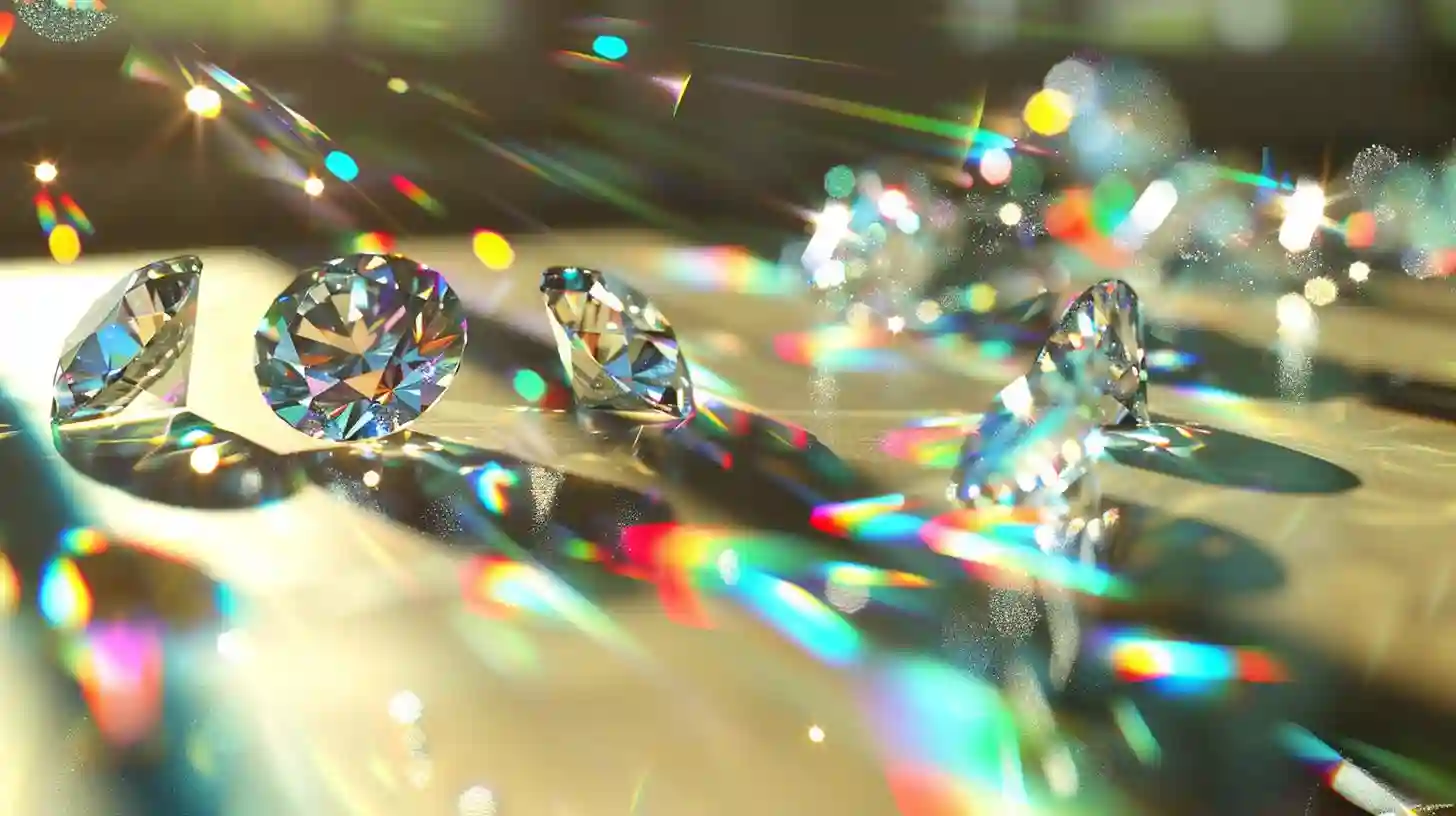
Diamonds have fascinated humankind for centuries, serving as symbols of wealth, power, and everlasting love. Of all the various gemstones, diamonds are often regarded as the most coveted and expensive. Among these scintillating stones, certain types rise above the rest in terms of monetary value and rarity. The world's most expensive diamond type, known as the Pink Star, stands as a remarkable testament to the allure and magnificence that diamonds can hold. This essay delves into what makes the Pink Star so special, exploring its history, unique qualities, and the broader context within which it exists.
The Pink Star diamond, originally known as the Steinmetz Pink, is celebrated not only for its astronomical price tag but also for its unmatched beauty and exceptional rarity. Discovered in Africa in 1999 by De Beers, one of the largest diamond mining companies in the world, the rough diamond weighed an astounding 132.5 carats. The journey from raw gem to the polished masterpiece known today was neither quick nor simple; it required around 20 months of meticulous cutting and polishing. It eventually emerged as a 59.60-carat, flawless pink diamond, earning the highest possible color grading by the Gemological Institute of America (GIA): Fancy Vivid Pink.
The diamond's incredible hue is due to the unique geological conditions under which it was formed. Over billions of years, carbon atoms arranged themselves in the Earth's mantle under immense pressure and heat. Occasionally, trace elements interact with this process, granting diamonds their distinctive colors. For pink diamonds, the cause of their color remains a subject of scientific debate. Some gemologists believe it results from particular distortions in the crystal lattice, while others speculate that the presence of certain trace elements could play a role. Whatever the case may be, what is certain is that the extraordinary nature of pink diamonds makes them incredibly rare, thereby driving their value sky-high.
Upon its unveiling, the Pink Star made waves globally, stunning gemologists, collectors, and the general public alike. Its flawless clarity paired with its vivid pink color rendered it a peerless gem, unquestionably setting it apart from other diamonds. Pink diamonds are found in specific locales around the world, with the Argyle Diamond Mine in Western Australia being one of the most prominent sources. However, diamonds of the Pink Star's extraordinariness are seldom unearthed, making this gemstone a one-of-a-kind marvel.
The historical significance of pink diamonds adds another layer of intrigue and value. Historically, pink diamonds have been treasured by royalty and elites. One of the most famous examples is the Daria-i-Noor, a pale pink diamond believed to be one of the largest uncut diamonds in the world. Originating from India, it currently resides in Iran's national jewelry collection. The Pink Star, however, stands apart due to its sheer size and perfect quality. It has been featured in several high-profile exhibitions and remains a focal point in discussions about gemology, both academic and commercial.
After years of enthralling the public, the Pink Star entered the auction circuit, marking a historic moment in the gemstone market. In November 2013, it was sold at a Sotheby's auction in Geneva for a staggering $83 million, becoming the most expensive diamond ever sold at auction. While the buyer defaulted on payment, it did not detract from the diamond’s value; rather, it underscored the volatility and high stakes of the luxury gemstone market. Then, in April 2017, the Pink Star returned to the auction block, this time fetching $71.2 million at a Sotheby's auction in Hong Kong, with the buyer being Hong Kong-based jewelry company Chow Tai Fook Enterprises.
The astronomical figures associated with the Pink Star reflect broader trends in the world of luxury commodities. Diamonds have always been perceived as a form of investment, akin to fine art or rare artifacts. Demand for such exquisite stones remains strong, particularly among affluent buyers who see in them a hedge against economic uncertainties. The inherent rarity and undiminished luster of the Pink Star make it not merely a gemstone but also a tangible asset of immense value.
Yet, beyond the dazzling numbers, the Pink Star also serves as a poignant symbol of human ingenuity and natural wonder. Its journey from the bowels of the Earth to the forefront of global attention required a confluence of geological phenomena, human craftsmanship, and significant economic transactions. The diamond stands as a testament to the lengths humanity will go to unearth and preserve objects of such sublime beauty.
The Pink Star's story does not exist in isolation but rather within the intricate tapestry of diamond lore. It is a narrative punctuated by tales of other famous stones, each with its own unique allure and backstory. For instance, the Hope Diamond, with its deep blue hue and storied history of alleged curses, or the Koh-i-Noor, a symbol of conquered empires, play their roles in the dramatic annals of gemstone history. In this crowded gallery, the Pink Star claims a singular pedestal, representative of the height of modern gemological achievement.
The realms of science, commerce, and art converge upon the Pink Star. Scientifically, it raises questions about the formation and properties of colored diamonds, spurring further research in the field of gemology. Economically, its sales figures capture global attention, influencing market trends and setting benchmarks for luxury items. Artistically, it stands as a paragon of beauty, inviting endless admiration while sparking creative endeavors in jewelry design.
Studying the world's most expensive diamond type, the Pink Star, offers an enlightening glimpse into the multifaceted world of gemstones. It represents more than just monetary value; it is a symbol of human achievement, natural wonder, and timeless allure. This extraordinary diamond reminds us why certain objects captivate the human imagination and command prices that place them as treasures of immeasurable worth.